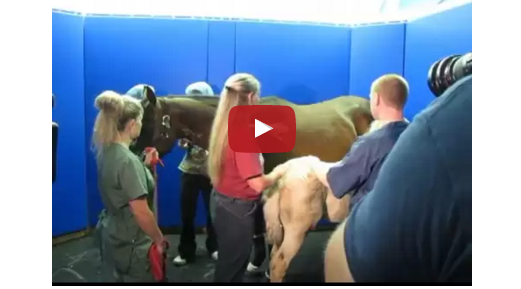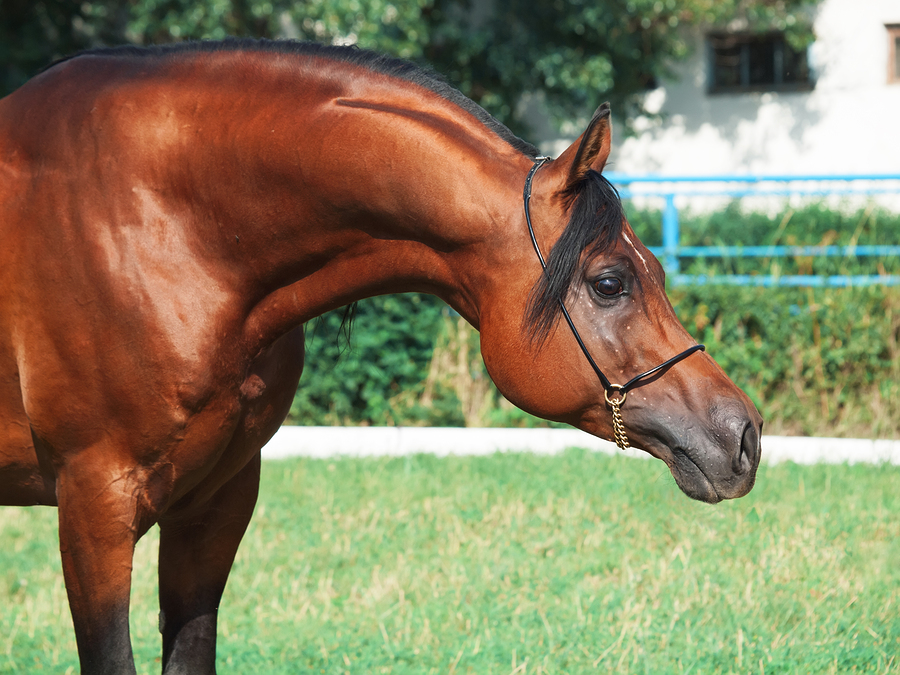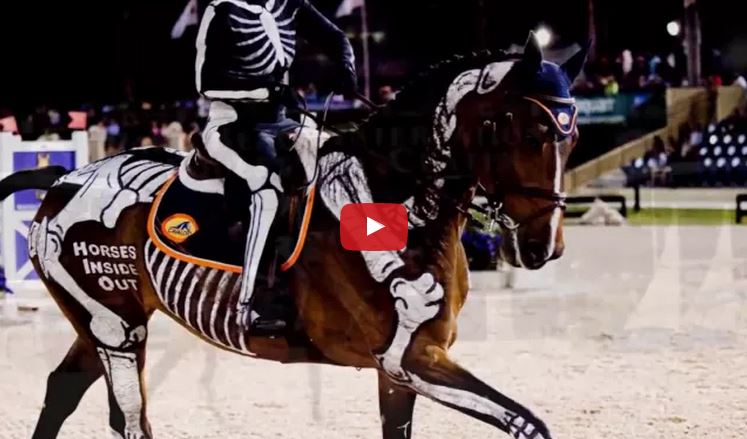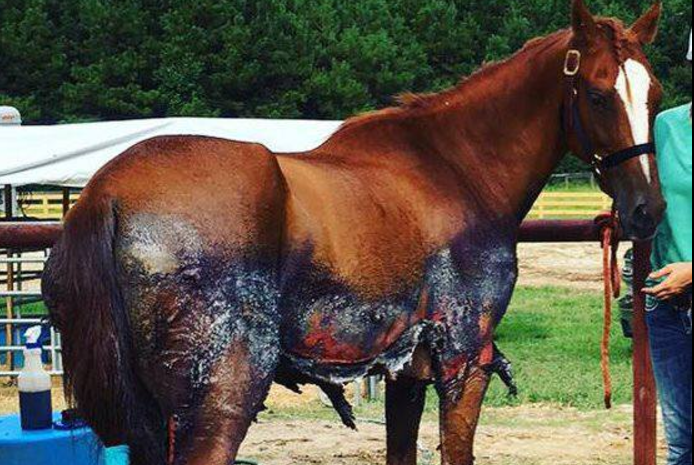10 Things Veterinarians Want Horse Owners To Know About Banamine
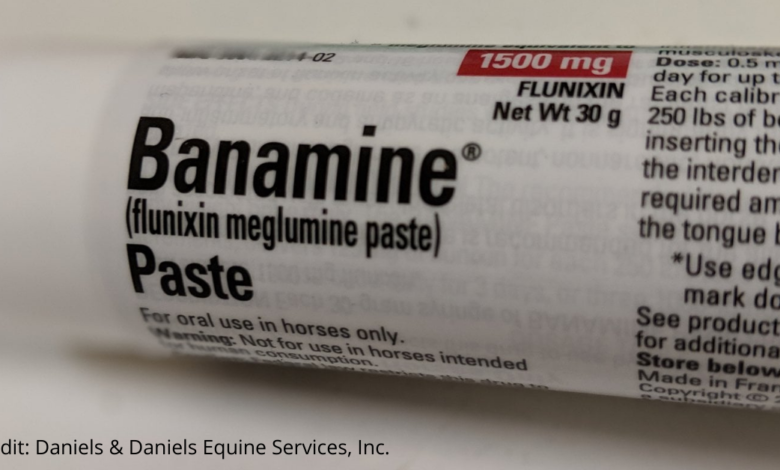
Here’s a list of 10 things Veterinarians want you to know about Banamine. How to use it, how NOT to use it, whether you can stack it with other medications, different options as far as how to administer it, some of the risks involved in giving Banamine to your horse, and more.
10 things veterinarians want horse owners to know about Banamine. Originally posted by Daniels & Daniels Equine Services on Facebook. We’re sharing it here as well so all can benefit from it!
“1)Banamine is a brand name. Flunixin meglumine is the drug name but many people refer to it by the popular brand name “Banamine” made by Merck. This medication is available in injectable liquid and oral paste formulations.
2)Flunixin is classified as a non-steroidal anti-inflammatory drug which can be shortened to “NSAID.” NSAIDs reduce inflammation, pain, and fever by decreasing certain biochemical reactions in the body. Other drugs that are also classified as NSAIDs include phenylbutazone (Bute), firocoxib (Equioxx®, Previcoxx®).
3)Flunixin treats pain. By far the most common implication for the use of flunixin in horses is analgesia, or pain control. Flunixin provides good pain control for visceral (in the belly) and ocular (eye) pain. It is often used in cases of colic (abdominal pain) to make the horse more comfortable which reduces the risk of harm to the horse and handlers. It is important to note that flunixin does not cure the cause of colic; it temporarily relieves signs by providing pain relief.
4)Flunixin can reduce fever. A normal horse’s temperature is between 98.5 and 100.9°F. Like humans, horses can develop a fever secondary to an infection or illness. Many febrile horses will not eat or drink well when they have a fever but their appetite improves once the fever decreases. Flunixin can be used to reduce the horse’s temperature often making them feel better. On a cautionary note, we often recommend owners take a temperature BEFORE giving flunixin as this can also a mask a fever.
5)Flunixin lasts 12 hours in the horse’s body. Some owners with a sick horse give a full dose of flunixin and then redose the horse a few hours later when he/she became uncomfortable again. This practice is not recommended for two reasons. First, overdosing can increase the risk of adverse effects including kidney damage and gastric ulcers. Second, if a horse’s clinical signs do not resolve with a full dose, an examination by your veterinarian is likely warranted sooner rather than later and administering a second dose may delay treatment.
6)Flunixin can cause gastrointestinal and kidney damage. The same pathways that are down-regulated by flunixin to reduce pain and inflammation also partially protect the kidneys and stomach. At a normal dose the risk of these side effects is reduced. However, patients treated with an overdose or long term dosing are at an increased risk for renal (kidney) damage, gastric ulcers, and hind gut (colon) ulcers .
7)“Stacking” NSAIDs is not recommended. As previously stated, other drugs commonly used in horses that are also classified as NSAIDs include bute, Equioxx and Previcoxx). It is important to note that giving either of these medications together or in combination with flunixin can cause the same adverse effects as overdosing. For this reason,we do not recommend “stacking” NSAIDs or administering two of these drugs together. Many geriatric patients receive Equioxx or Previcoxx daily for pain and inflammation associated with arthritis. If this is the case, we recommend discontinuing that medication before starting another NSAID an allowing enough time for the body to clear the first drug completely.
8)Flunixin does not cause sedation or cure colic. Although we often use flunixin in colic cases, it is for the purpose of pain control. Alleviating the signs of colic by controlling pain is safer for the horse and handler when a horse is being treated and gives the horse’s body time to respond to treatment (ie oral fluids, IV fluids, motility agents). We often recommend removing hay/grain from a horse that has been administered flunixin for signs of colic until he/she can be examined by a veterinarian. In some cases, once the horse FEELS better he/she will try to continue eating and make the colic worse. If you think your horse may be colicking, we recommend calling your regular veterinarian and following her/his recommendations on medications and feeding.
9)Flunixin should NOT be given in the muscle (IM). Oddly enough, Banamine is still labeled for IM use in horses on the bottle but I strongly recommend against this practice. In rare cases, IM administration of flunixin (or phenylbutazone) has been known to cause a secondary condition called “Clostridial myositis” which can be fatal. The medication irritates the surrounding muscle tissue and bacterial spores can take advantage of the inflamed environment and cause a massive release of toxins. This disease is extremely painful and the treatment can be quite gruesome but horses that are not diagnosed and treated promptly may die from toxic overload. For this reason, we recommend only injecting flunixin in the vein (IV) or squirting the injectable fluid or paste in the mouth.
10)Flunixin injectable solution can be administered by mouth. The injectable formulation of flunixin can be administered by mouth at the same dose as IV use. Oral administration (either injectable solution or paste) takes about 20-30 min to reach full effect compared to 5-10 min with an IV injection. Oral administration does not take significantly longer than IM injection to reach peak absorption and is much safer for the horse.
Lastly always call your veterinarian if you suspect your horse appears off in any way before administering any medication.”
Source: Daniels & Daniels Equine Services, Inc. Please Share this on Facebook for all horse owners to see!


